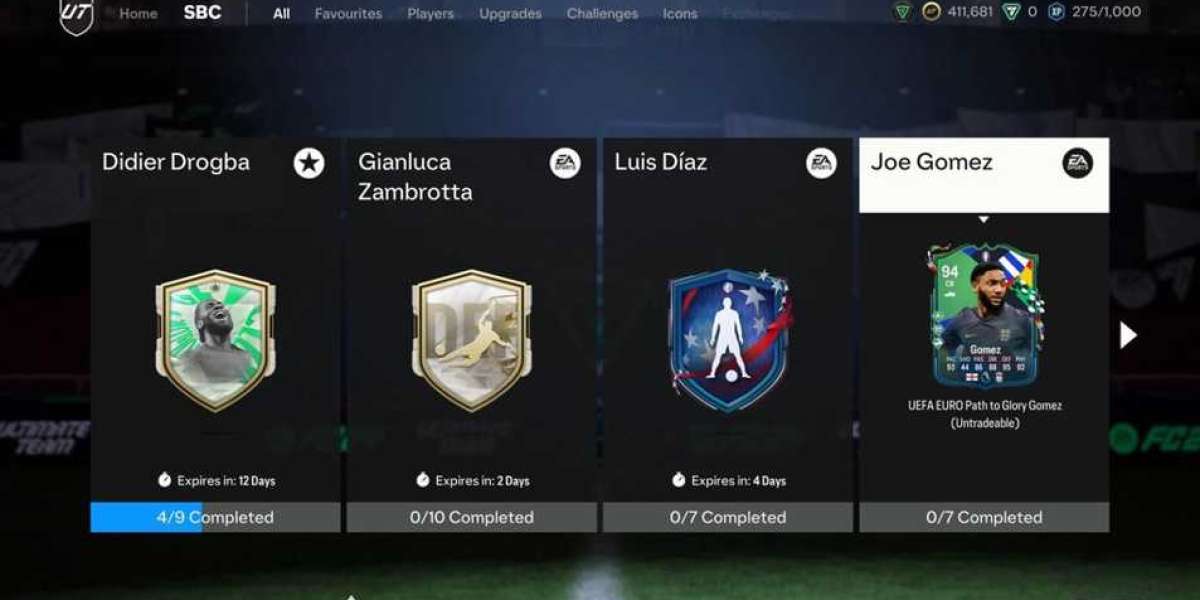Introduction:
In August 1965, the city of Los Angeles was engulfed in a wave of violence, chaos, and civil unrest during what would later be known as the Watts Riots. This event, sparked by the arrest of a black motorist by white police officers, served as a stark reminder of the deep-seated racial tensions plaguing the United States during the Civil Rights Movement. With a predominantly African American population, Watts became the epicenter of a rebellion that brought the underlying frustrations and inequalities faced by the black community to the forefront of national attention.
Detailed Description:
The spark that ignited the Watts Riots occurred on the evening of August 11, 1965, when the Watts neighborhood in South Los Angeles became a scene of confrontation between a white California Highway Patrol motorcycle officer and a black motorist, Marquette Frye. The exact sequence of events leading to Frye's arrest remains disputed, with eyewitness accounts conflicting, but what ensued was a classic case of tensions escalating rapidly.
A crowd began to form, mostly African Americans who were fed up with the ongoing racial discrimination and mistreatment by the police force. As word spread about the incident, anger and frustration grew among the residents of Watts, who had long endured poverty, unemployment, and limited access to basic services.
Over the next six days, acts of violence and civil disobedience engulfed the community. Rioters looted local stores, vandalized buildings, and set fire to multiple establishments. The police force struggled to contain the chaos and maintain order. Reinforcements poured into the area, with the California National Guard being called in to assist the overwhelmed law enforcement officers.
The riots took a grave toll on the community as both sides expressed their fury and desperation. While some attempted to address the underlying issues behind the unrest, such as systemic racism and social inequality, others resorted to violence and destruction as a means of expressing their frustration. By the time the National Guard restored relative calm to the neighborhood on August 17, 34 individuals had lost their lives, with over 1,000 injured, and property damage amounting to millions of dollars.
The Watts Riots had a profound impact on the course of the Civil Rights Movement. It highlighted the urgency and importance of addressing racial disparities and unequal treatment faced by African Americans in American society. The riots forced the nation to confront the deep-rooted grievances of marginalized communities and triggered a wave of reforms in Los Angeles, including increased job opportunities, educational resources, and political representation for the residents of Watts.
Conclusion:
The Watts Riots of 1965 were a harrowing manifestation of the racial tensions and systemic inequalities present in the United States during the Civil Rights Movement era. The event stands as a powerful reminder of the need to address deep-rooted social issues and strive for equality. Although marred by violence and destruction, the Watts Riots played a crucial role in bringing attention to the plight of African Americans and setting in motion a wave of change in the Los Angeles area and beyond.



